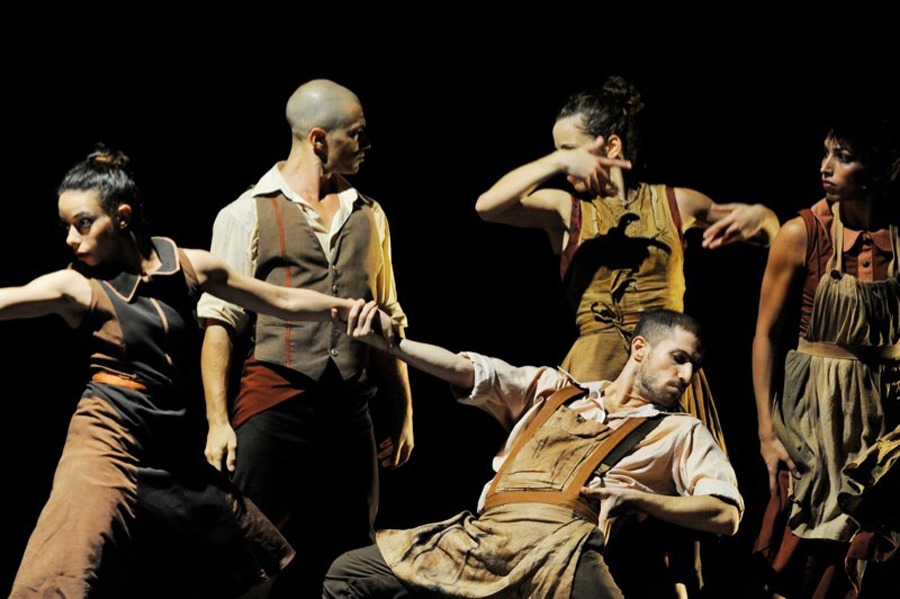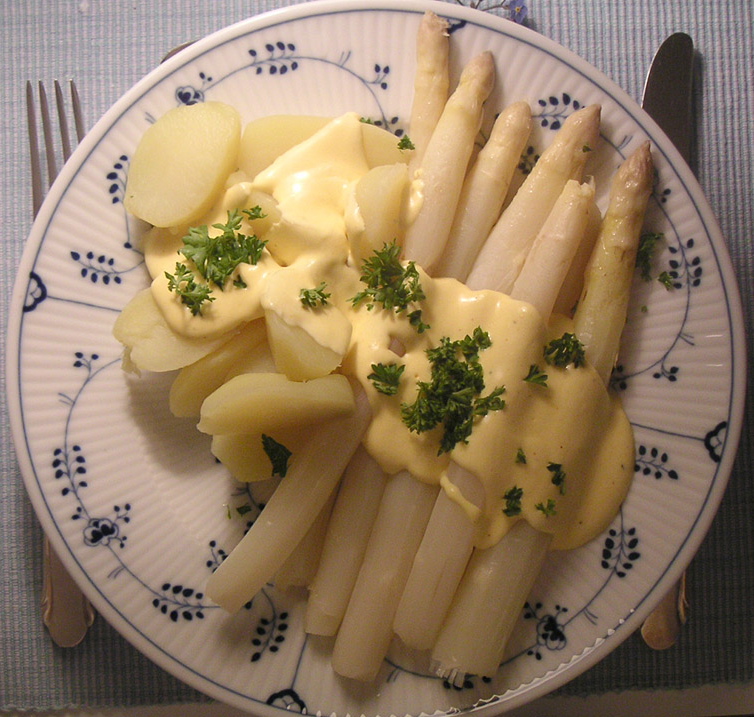 Gadi Dagon
Gadi Dagon
By Bob Hicks
After a whirlwind fling with white asparagus, Belgian beer, briny mussels, fish stews, canal-skimming tour boats and close encounters with the likes of Memling, Van Eyck, Rembrandt, Vermeer, De Hooch, Michelangelo, Cocteau, Picasso, Van Gogh, Frans Hals and Jan Steen in places where a church that began life in 1408 is known as the “Nieuwe Kerk” (the Oude Kerk, from 1306, is still hanging around, too) Mr. and Mrs. Scatter have needed a little jog to get back in the swing of things in good old Puddletown.
Fortunately, White Bird and Barak Marshall were on hand Tuesday night to do the trick.
Marshall is an Israeli choreographer whose mother is the Yemenite-Israeli dancer Margalit Oved and whose father is from the Bronx. Marshall grew up in Los Angeles, and the piece his 10-dancer company performed at the Arlene Schnitzer Concert Hall, Monger, reflects that wide-ranging background: it’s contemporary yet comfortably historical, Israeli yet cross-cultural, and musically it ranges freely from La Traviata to Balkan Beat Box, Tommy Dorsey and the Yiddish Radio Project (presumably the source of some smoothly jivey old commercial jingles for the likes of Hebrew National and gefilte fish).
Unlike a lot of contemporary choreographers, Marshall is a storyteller, although — this being dance but not a story ballet along the lines of Giselle or Swan Lake — exactly what the story is or means is often a little murky. It might be more accurate to say it borrows some of the tropes of storytelling, and of the theatrical stage, without linking them in an obviously identifiable way. No matter. The assertion of the importance of story, even if the story isn’t quite attainable, is there.
The story of Monger has something to do with the word itself — a seller, a dealer, as in fishmonger, hatemonger, whoremonger. One sells, of course. What one sells, how one sells, what one accepts in trade are where things can get squidgy. Marshall cites as sources the life of the Jewish Polish writer Bruno Shulz, who was killed by a German Nazi officer in 1942; Jean Genet‘s sadomasochistic class-warfare play The Maids; and Robert Altman‘s upstairs-downstairs movie Gosford Park. Those sources suggest an active class awareness in Monger, in which the five men and five women portray servants of some sort stuck in a basement and left to their own devices. They are periodically called to task by an imperious unseen voice, that of Mrs. Margaret, their employer or abuser or heaven knows what. In the beginning they live in abject fear of Mrs. Margaret, humbly apologizing for any possible misdeed and promising it will never happen again. By the end the worm has turned: the dancers laugh at the voice, defy it, go their own ways. Mr. Scatter, for one, began to think of it as the voice of God, becoming irrelevant — but that’s by no means necessarily what the thing “means.” And what about mongering? How does it fit? Again, it’s unclear. There are those radio jingles, and in one scene two men pointedly put a woman up for sale, pointing out her attributes as in a slave market. Listening to some of those old ’30s and ’40s pop songs — Stardust and the like — you could argue that the generation that would found Israel after the Holocaust were responding in part to having been sold an unrealistic, starry-eyed dream. And the crossover to Middle Eastern rock and pop suggests another sales pitch: let’s not forget the past, but let’s open up and move beyond it.
All of that could be utterly “wrong,” of course, and really, it doesn’t matter. Monger makes you think. More, it makes you feel. The music and movement, even when they’re depicting a rowdy fight, are lyrical and inventive and closely knit, and the piece is lighted beautifully. It rocks precipitously yet easily from harshness to humor, and is a true ensemble work. Even if you want nothing but eye candy, there’s plenty to see here.
Monger was the finale of White Bird’s thirteenth season, and it’s well worth noting what an important and even game-changing addition Paul King and Walter Jaffe’s dance-presenting company has been to Portland’s cultural scene. We’ve become used to seeing many of the best contemporary international companies and choreographers through White Bird’s two series, which have set a standard that has allowed other presenters, such as PICA’s TBA festival, Northwest Dance Project’s small-scale contemporary ballet, and the more rigorously (and vigorously) traditional Oregon Ballet Theatre, to concentrate on their own visions of the dance world. White Bird has been immensely supportive of other arts organizations across the board and particularly of other dance groups, commissioning work by the likes of Josie Moseley, Gregg Bielemeier, Minh Tran and Mary Oslund. Put simply, the Birds have made this a better place to be. Now, on to Season Fourteen.
*
A Gust blows in: In the meantime, dance fans have a brand new baby to welcome into the family. TopShakeDance, the new troupe guided by prominent contemporary dancer Jim McGinn, makes its debut Thursday at Conduit with Gust, a piece that’s been a year in the making. Music is by Loren Chasse. Dancers include McGinn, Dana Detweiler, Chase Hamilton, Jessica Hightower, Pamela James, and Amanda Morse. Performances are 8 p.m. Thursday-Saturday, May 19-21 and 26-28. We’ll be checking it out.
*
Cocktails for Conduit: Speaking of the city’s premiere outlet for home-grown contemporary dance, Conduit is stirring up a little cocktail party as a benefit to keep itself healthy and dance fans happy. The party doesn’t happen until June 24, but as Mrs. Scatter says, planning ahead is a good thing. Besides the cocktails and party chatter, you get a lot of short performances by (list begins here): Linda Austin, Mizu Desierto, Mike Barber of 10 Tiny Dances, Susan Banyas, musician Courtney Von Drehle, Gregg Bielemeier, TopShakeDance, Tracy Broyles, Linda K. Johnson, Katherine Longstreth, Tere Mathern, Jen Hackworth, Lucy Yim, Vanessa Vogel, choral poetmeisters Vox, Jen Hackworth, and Bielemeier’s Repertory Performance Workshop. We’ll drink to that.
*
So — home is good. But does anybody know if anyone in the Pacific Northwest is growing and selling good-quality white asparagus?

Photos, from top:
- Barak Marshall’s company performs “Monger.” Photo: Gadi Dagon.
- White asparagus with potatoes and hollandaise. Oh, yes. Photo: Elya/Wikimedia Commons